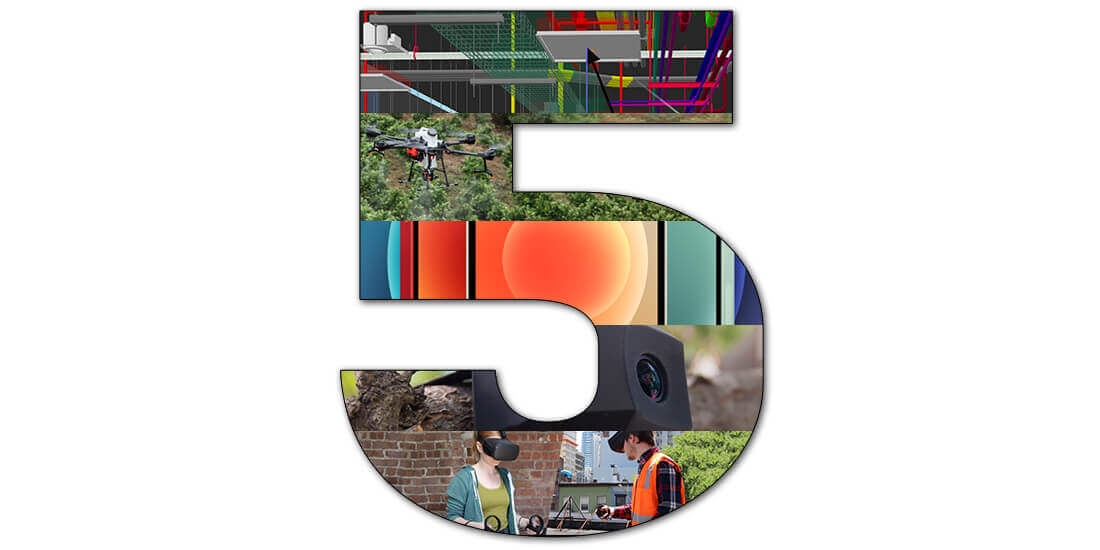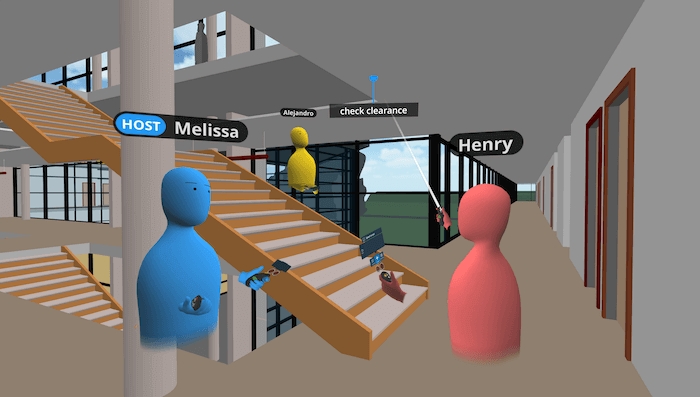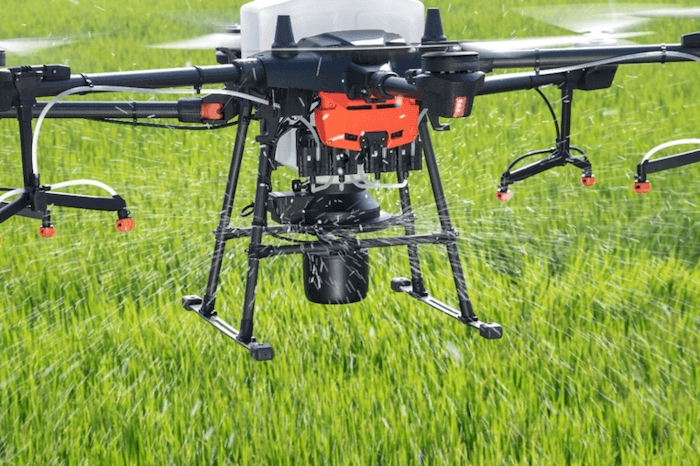Local content only: construction-technology-2021
Subhead Placeholder

Rich Text Placeholder
Rich Text Placeholder

Rich Text Placeholder

Rich Text Placeholder

Rich Text Placeholder

Rich Text Placeholder
About the author

Zach Mortice
Zach Mortice is an architectural journalist based in Chicago.